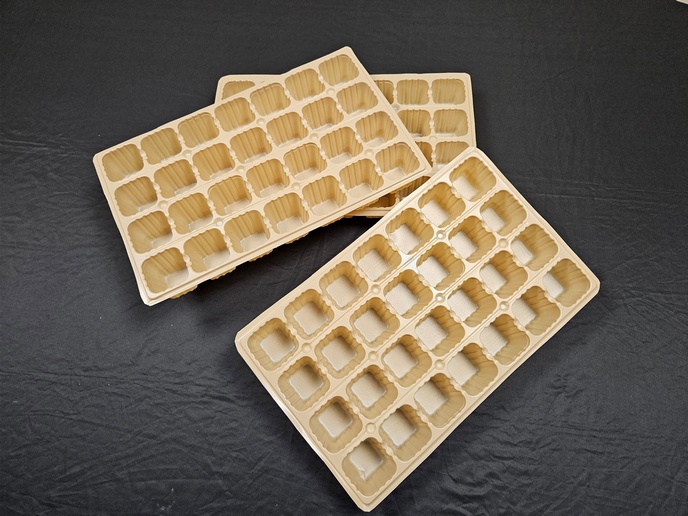Mega advances on nanoscale analysis
The way we use materials in sophisticated products, from medical devices to aircraft parts, has advanced tremendously. With the advent of nanotechnology, it is now more important than ever to be able to analyse and handle biomolecular and polymeric surfaces that offer unparalleled properties at the nanoscale. The EU-funded project 'Multipurpose Force Tool for Quantitative Nanoscale Analysis and Manipulation of Biomolecular, Polymeric and Heterogeneous Materials' (Forcetool) developed multipurpose instrumentation to analyse these new surfaces. It aimed to map their topography, examine their composition and test them in air or liquid to ensure functionality under a variety of industrial environments. The tool envisioned would analyse surfaces at a very high resolution and would be compatible with existing atomic force microscopes. Forcetool successfully designed, manufactured and tested several bi-modal Atomic Force Microscopy (AFM) excitation/detection prototypes. This equipment was able to clearly observe proteins (antibodies) in air and liquid environments. It was operated under different mechanical and electrostatic forces and cantilever types, using different samples (biomolecules, polymers and layered materials). The equipment also displayed a sensitivity of about 0.2 pN, which is 10 times better than conventional AFM. It can operate at higher harmonics and yields higher resolution images in liquids. The project team further developed a way to identify energy dissipation at the nanoscale, which has proven very useful in characterising thin polymer films. The resulting methodology and equipment attracted much interest from enterprises wishing to exploit the technology, including Asylum Research in the United States, Nanotec in Spain and ScienTec in France. In 2007 Asylum Research acquired the rights to commercialise the project's bi-modal AFM concepts and has made the equipment available on the market, demonstrating the project's success.







